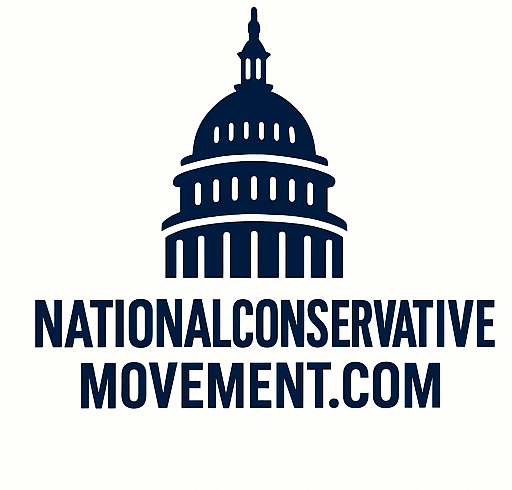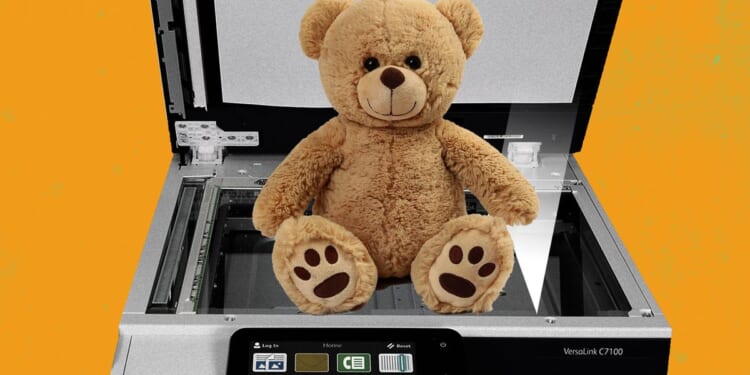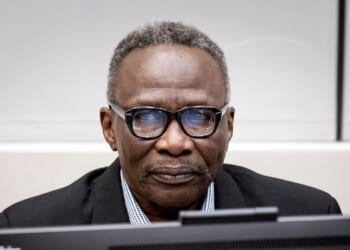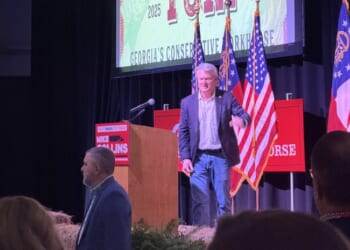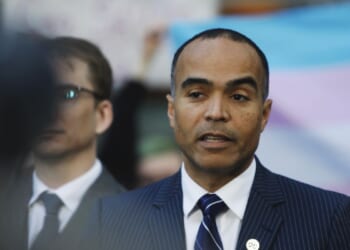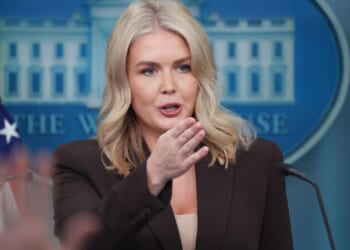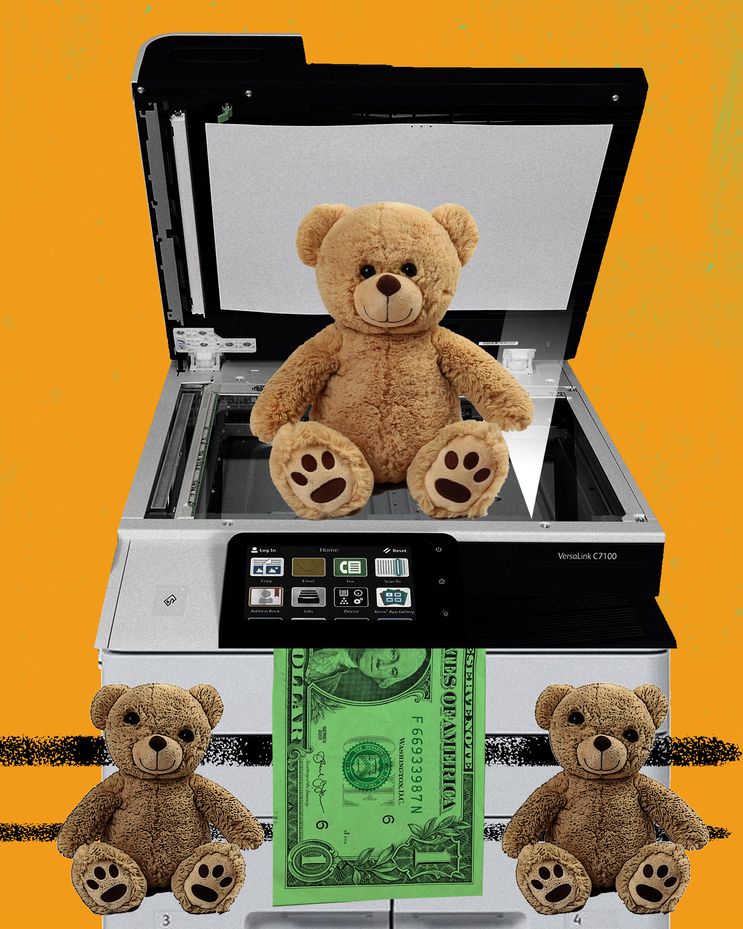
OPINION:
If you don’t believe Amazon is a cesspool of counterfeiting and piracy, go to the website right now and type in the title of my new book, “I Went to Prison So You Won’t Have To.” Yes, you will see the real book come up in a list — a nice picture of me and my sweetheart on the cover, if I do say so myself — but that list will also contain at least four fakes.
This theft of my intellectual property is hardly an isolated problem. Authors have faced this crap from Amazon for more than a decade, and the only thing we get is stonewalling.
It’s not just books. Every year, Amazon rakes in billions of dollars from sales of counterfeit and pirated products. Sadly, the profit margins for counterfeiters and Amazon are higher than for legitimate branded goods. That’s because fakes cut corners and dodge the real costs of quality, safety and innovation. Amazon takes its fat commission on every sale, fake or real, and looks the other way.
I fought with Amazon repeatedly during the first Trump term. The standard line from Jeff Bezos on down was always the same: Amazon is increasing its budget every year to fight counterfeiting.
Memo to Amazon: The only performance metric that matters is the level of counterfeiting and piracy, and that number keeps going up and up and up.
Globally, counterfeit and pirated goods are estimated to cost the world economy $1.7 trillion to $4.5 trillion annually. Here at home, intellectual property theft, including counterfeiting, piracy and trade secrets, is conservatively estimated at $225 billion to $600 billion annually.
Some 90% of seized counterfeit goods originate in China and Hong Kong. Add Turkey, Singapore and India to the mix, and you have the major hubs funneling fake books, electronics, apparel and even pharmaceuticals straight into Amazon’s warehouses.
At stake are hundreds of thousands of U.S. jobs, especially in industries that rely on intellectual property. The Commission on the Theft of American Intellectual Property has long warned that intellectual property theft erodes growth, weakens innovation and costs millions of jobs across the economy.
The International Chamber of Commerce pegged global counterfeit and pirated trade at $710 billion to $917 billion in earlier years and warned it would keep surging. A recent survey found that an astonishing 59% of brand representatives discovered counterfeit versions of their products on U.S. marketplaces such as Amazon and eBay. Such theft translates directly to lost revenue, lost incentives for creators and real danger to consumers.
Counterfeit goods can also be dangerous. They are often made with substandard materials and without safety testing, and sometimes contain toxic components, particularly in electronics, cosmetics and pharmaceuticals.
When a counterfeit electronic charger fails, it can cause a fire. When a fake brake pad fails, lives are at risk. When a pirated software file or e-book spreads, it chips away at the income of the legitimate creators who depend on royalties to survive.
In its homage to Potemkin, Amazon brags about programs with shiny names: “Project Zero,” “Transparency” and the “Counterfeit Crimes Unit.” Every year, the company touts how many millions of “bad actors” it blocked or how many dollars it claims to spend on policing its marketplace.
Amazon’s dirty big secret? It has no incentive to fix the problem because it makes billions of dollars from the traffic counterfeiters generate.
In the worst humiliation, these programs shift the burden of enforcement onto the very authors, brands and creators being ripped off. Project Zero is essentially a self-help takedown tool. The victims must pay attorneys and staff to scour Amazon daily, document the counterfeits and file complaints. That is impossible for a small business, a new author or even a midsize publisher to sustain.
Meanwhile, counterfeiters adapt faster than Amazon responds. Shut down one fake seller, another pops up the next day with a new account, a slightly altered ISBN or a tweaked cover image. Amazon could stop this by requiring strict seller verification, refusing to allow print-on-demand abusers to ride on legitimate metadata, or absorbing the cost of real enforcement. That would cut into margins, so the charade continues.
For authors, this is catastrophic. With the demise of bricks-and-mortar bookstores, Amazon runs a virtual monopoly in the book-buying space. Roughly 70% of all U.S. e-book sales and more than 50% of all print books flow through Amazon. That dominance magnifies the harm of counterfeiting because authors and publishers can’t simply walk away from the platform. If you want readers to find your book, you must play on Amazon’s rigged field and risk your work being pirated on the very site that’s supposed to sell it. (Don’t get me started about the ill treatment conservative authors often receive on Amazon.)
So let’s call this what it is: Amazon is the single largest counterfeiter enabler in the world. The company hides the real statistics, shifts the enforcement burden to rights holders, and profits handsomely while counterfeit and pirated goods pour in from China, India and elsewhere. The dangers are real, the costs to our economy are staggering, and the insult to creators is intolerable.
If Amazon continues to refuse to fix the problem and keeps denying it exists, it will invite a harsh response.
• Peter Navarro is the senior counselor for trade and manufacturing and author of “I Went to Prison So You Won’t Have To: A Love and Lawfare Story in Trump Land.”
